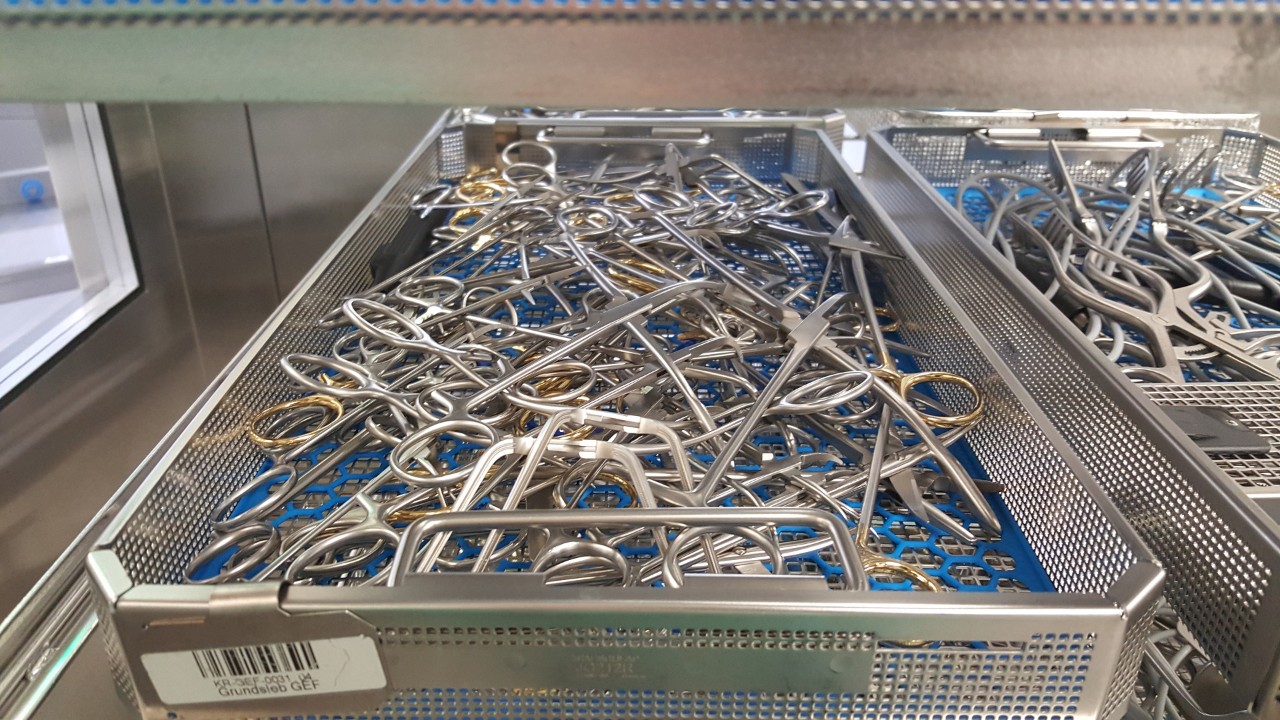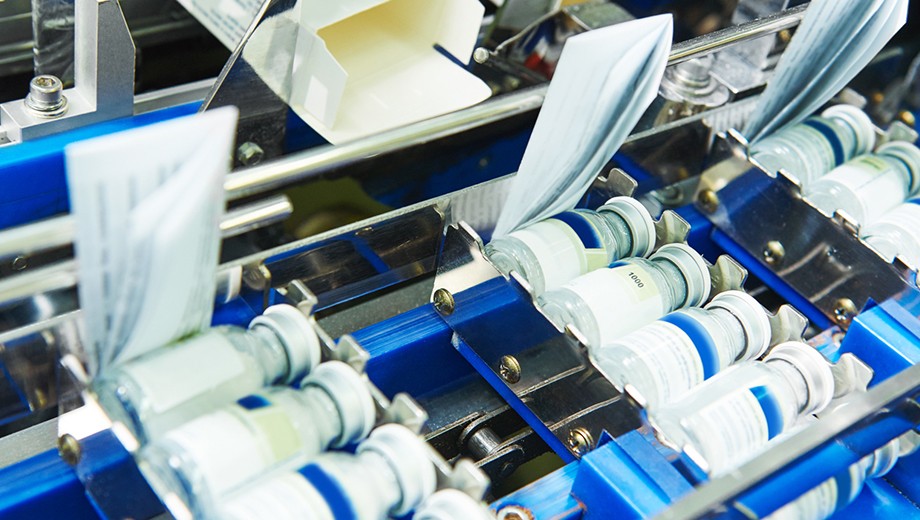The DAST consortium wants to provide a technical solution that allows the sterile goods cycle to be tracked in real time, so that it is always certain where each instrument is located – a requirement profile that typically calls for RFID-based solutions. In addition, accidentally leaving instruments inside patients' bodies should also be rendered impossible.
Extremely demanding conditions
In the case of DAST, the devil lies in the details. At first glance, the need for a bulk reading capability – reliably capturing the data of all items in a sieve in one go – shouldn’t pose a challenge for existing UHF technology. However, there’s a problem. For reasons of hygiene, the transponders must be encapsulated in tiny glass or ceramic tubes measuring only 1.4 X 8mm, and then integrated into the stainless-steel bodies of the instruments. "The innovation is all about making the transponder so small and readable even under difficult conditions," says Professor Dr. Nils Pohl of consortium member Ruhr-Universität Bochum (RUB). "For both aspects, it is essential to use a high frequency of 5.8 gigahertz, which allows significantly smaller antennas than previous state-of-the-art transponder tags at 13.56 or 866 megahertz.”
Innovative technologies needed
However, tags with these dimensions based on purpose-built SHF ICs are not commercially available yet. This prompted Smartrac and the RUB to initiate such a product development, with RUB taking care of the IC, and Smartrac taking care of the antenna and hard-tag design. “We are still in an early stage, but we defined the parameters for an innovative Maxdura® Ceramic tag that uses an in-development SHF IC and has a significantly smaller form factor than our existing UHF hard tags,” said Frederic Meyer, Associate Director Project Management, Research & Development at Smartrac. “In close cooperation with the RUB and its IC development team, we are very optimistic that we will produce prototypes well within the planned duration of the DAST project, which has almost three years to run.”
Tracking of sterile goods: A promising market
A speedy commercialization of the SHF technology used in the DAST project makes sense in two respects –medical quality assurance as well as market exploitation. In the European Union alone, there are some 12,000 hospitals, each of which uses on average 40,000 surgical instruments that could and should be tracked.




